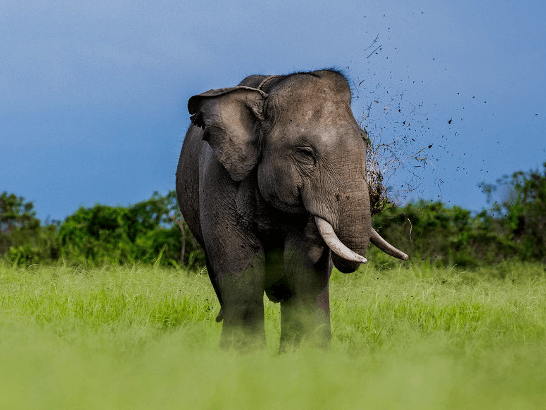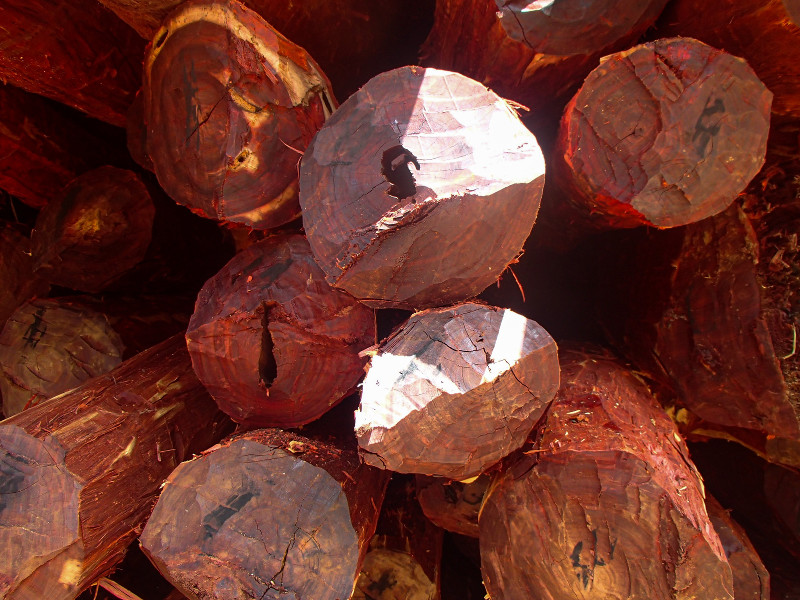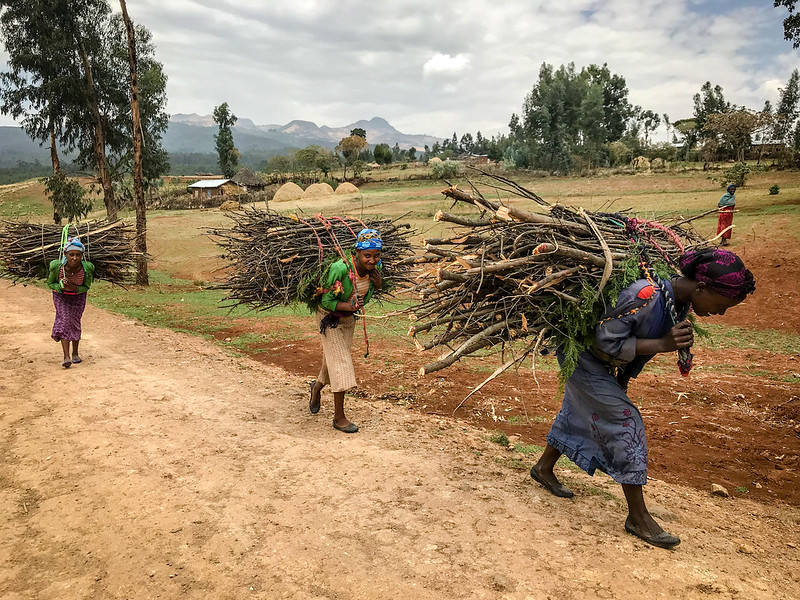Objective: To investigate the role of rodents as reservoirs of zoonotic pathogens along the boundary of Bwindi.
Methods: A rodent inventory in three villages along the edge of Bwindi, was carried using live trapping techniques and the local rodents’ ecto and endoparasite fauna investigated.
Results: Two hundred eighty eight rodents captured belonged to 24 species, 17 genera and 4 families with Lophuromys aquilus being most abundant (30.2%). 240 ectoparasites which included mites, fleas and ticks were collected from 88 rodents out of 249. Proamys jacksoni rodents were most infested. Although the mites represented the largest proportion (84.6%), the highest species diversity was shown among the fleas (9 species). Some 36.9% of the rodents were infected with endopara- sites of which L. aquilus haboured most. Endoparasitic genera identified included Nippostrongylus, Ascaris, Strongyloides, Trichuris, Hymenolepis, Taenia and Cryptosporidium.
Conclusion: Rodents have a zoonotic potentiality. There is need for developing effective integrated rodent management programs against rodent to reduce chances of parasite transmission within the protected areas.
DOI:
https://doi.org/10.4314/ahs.v20i3.20Altmetric score:
Dimensions Citation Count:
Publication year
2020
Authors
Mawanda, P.; Rwego, I.; Kisakye, J.J.; Sheil, D.
Language
English
Keywords
food security, food availability, households, livestock products
Geographic
Uganda























